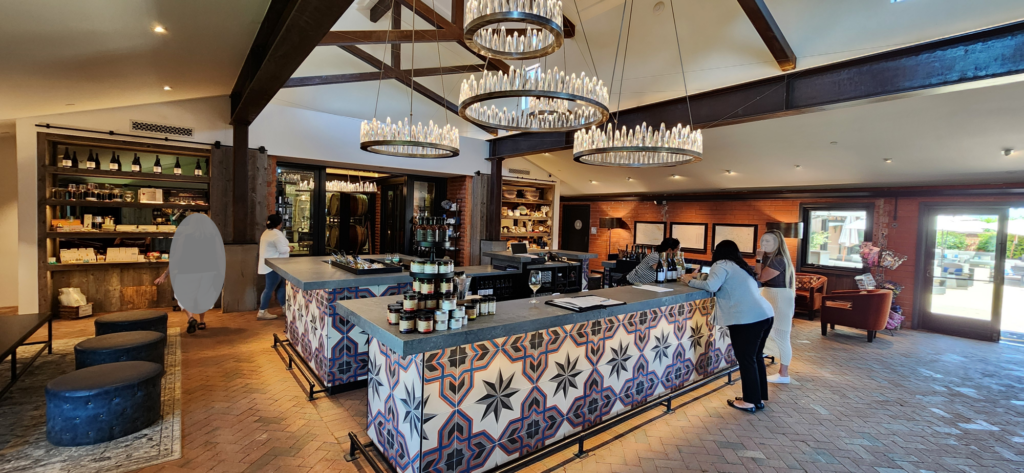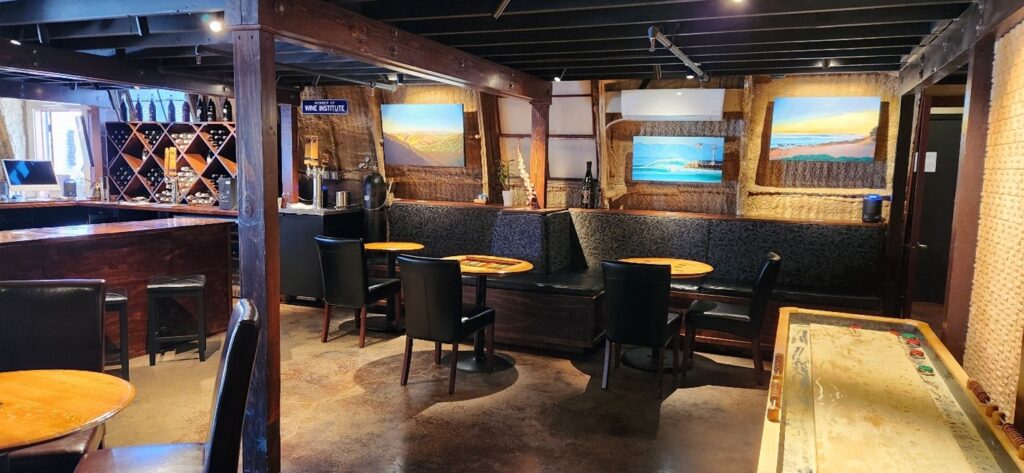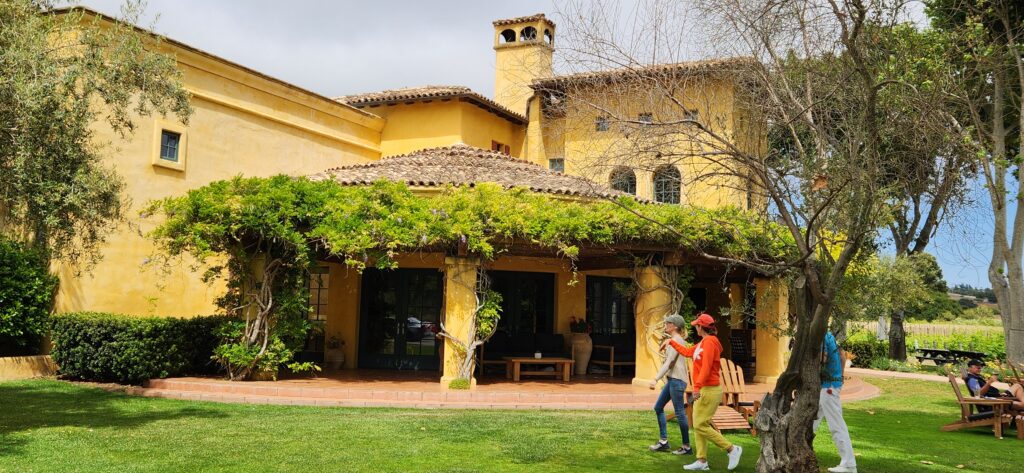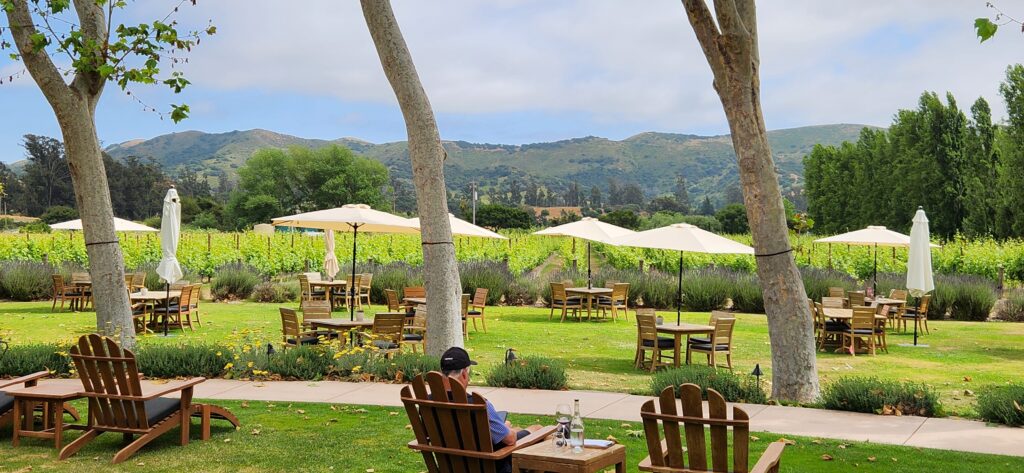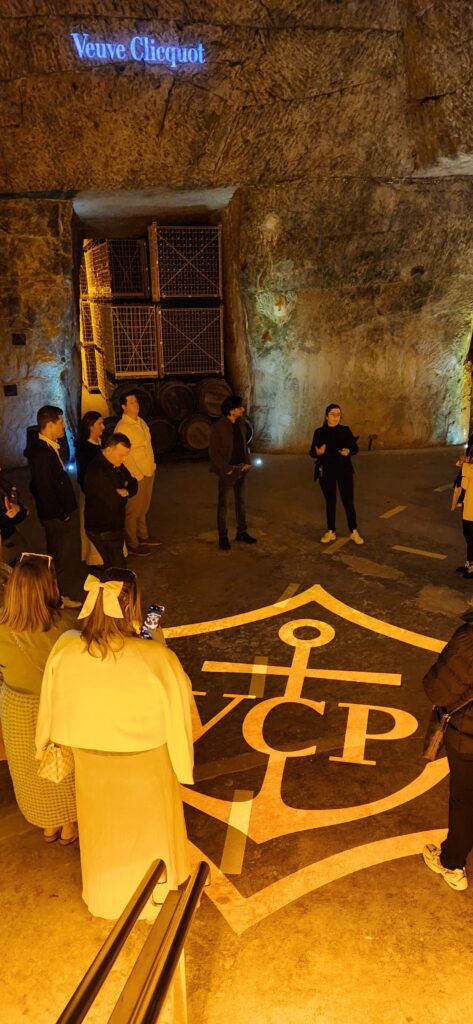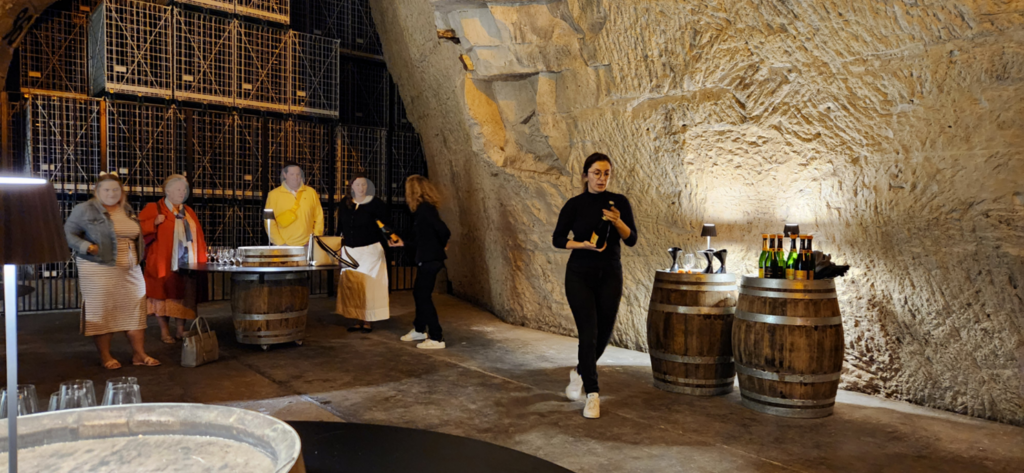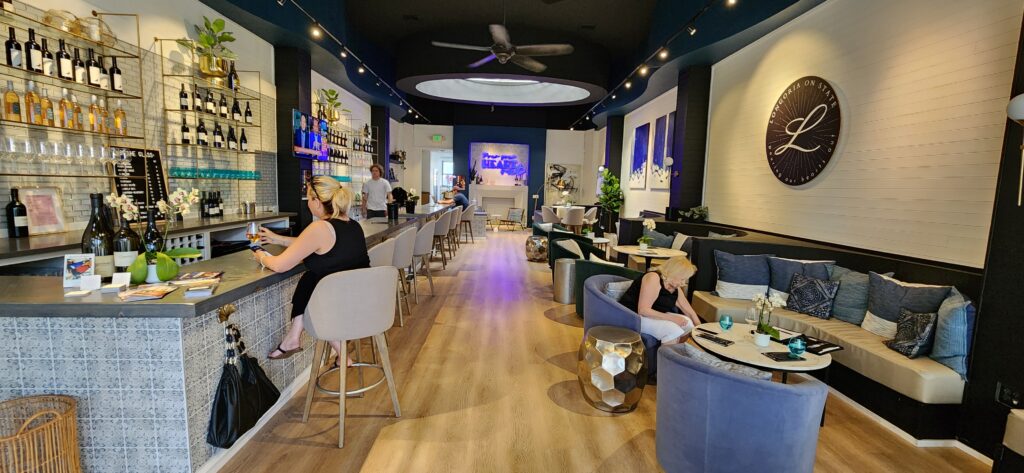This article is meant to be the companion piece to “Freixenet, Back When”, published in the Experiences section of Power Tasting’s April 2025 edition. As published, we had consistently misspelled the name of the winery, which we have since corrected. And while we’re at it, the name of the winery is pronounced FRESH-eh-net. We apologize to our readers and to the people at Freixenet.
There are often wine tasting destinations near big cities. Napa Valley is an hour or so from San Francisco. It’s a few hours’ drive from New York City to Long Island’s North Fork. Wine is being made inside Vienna’s city limits and nearby as well. And just outside Barcelona, there’s Penedes, where Cava is made. An easy train ride from Barcelona to the village of Sant Sadurní d’Anoia brings you directly to Freixenet.
The Freixenet winery.
In case you weren’t aware, Cava is Spain’s sparkling wine. At Freixenet, it is made the same way as French Champagne, except that the primary grapes are Macabeo, Paralleda and Xarelo (or Xarel·lo, as the Catalans spell it). Their wines range from the well-known Carta Nevada and Cordon Negro to some interesting wines at the other end of their spectrum, such as Gran Reserva Brut Nature (with no dosage) and an Extra Brut. They also have a rosé sparkler that is made of the Trepat grape. Finally, there is a dessert sparkling one made from Malvasia grapes.
Reproduction of a Freixenet advertising poster of another era.
All these are the wines served on their wine and cheese tour, which we recommend. If you do take the train there, you will find the winery right at the station. Externally, it looks very much like a Spanish hacienda, which we guess isn’t unintentional. The area in front of the winery has some ancient presses and a golden 1950 Chrysler. Once inside, the reception area is sleek and modern, decorated with art that recalls Freixenet’s history. There’s also the Freixenetmobile, in the form of a bottle of Cordon Negro.
The Freixenetmobile.
The tour begins with a film about Freixenet’s history and current presence in the world. Not only are they the best selling Cava, the company sells more sparkling wine than any other producer globally. They have a long history, having been founded in 1914. They survived the Spanish Civil War that took the lives of the founder and his son. His widow kept Freixenet going through the Franco years. In 2018, they were bought out by the German Sekt maker, Henkell, so now they are not just Spanish but international
If you’ve seen how Champagne or California sparkling wine is made, there’s not much new on the tour of Freixenet. One fun extra is an array of antique bottling equipment. The high spot, naturally, is the tasting. There, Freixenet flexes its muscles a bit and shows of what Cava is capable of. As always, Power Tasting doesn’t review wine, but we can say that we did enjoy what we were served and were quite delightedly surprised by Freixenet’s range.
Sadly, their better Cavas aren’t available in the United States and only sparingly so in Canada. So there’s nothing else to do than travel to Spain and take the Freixenet tour.






